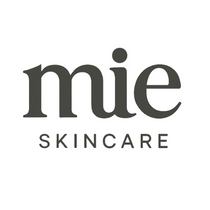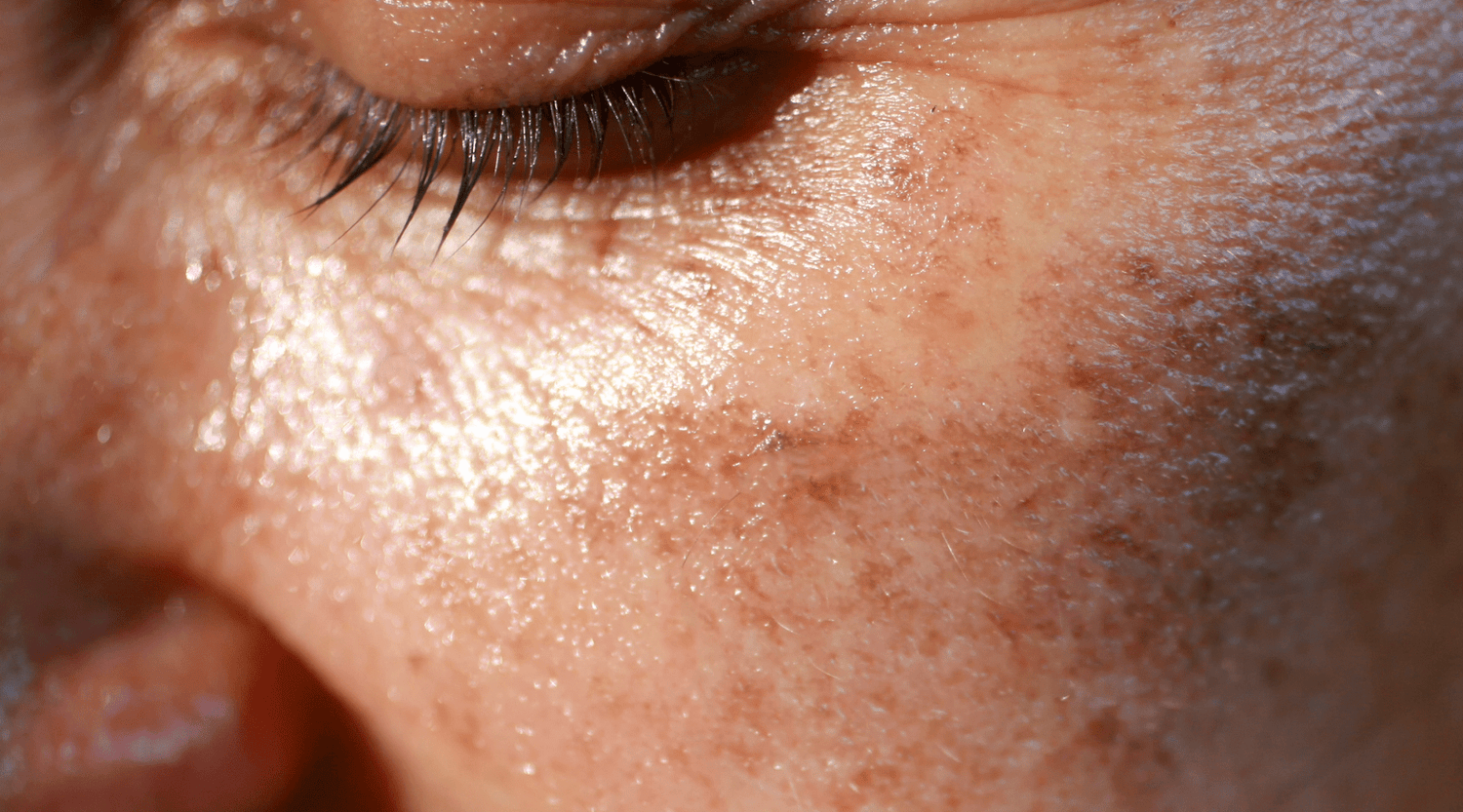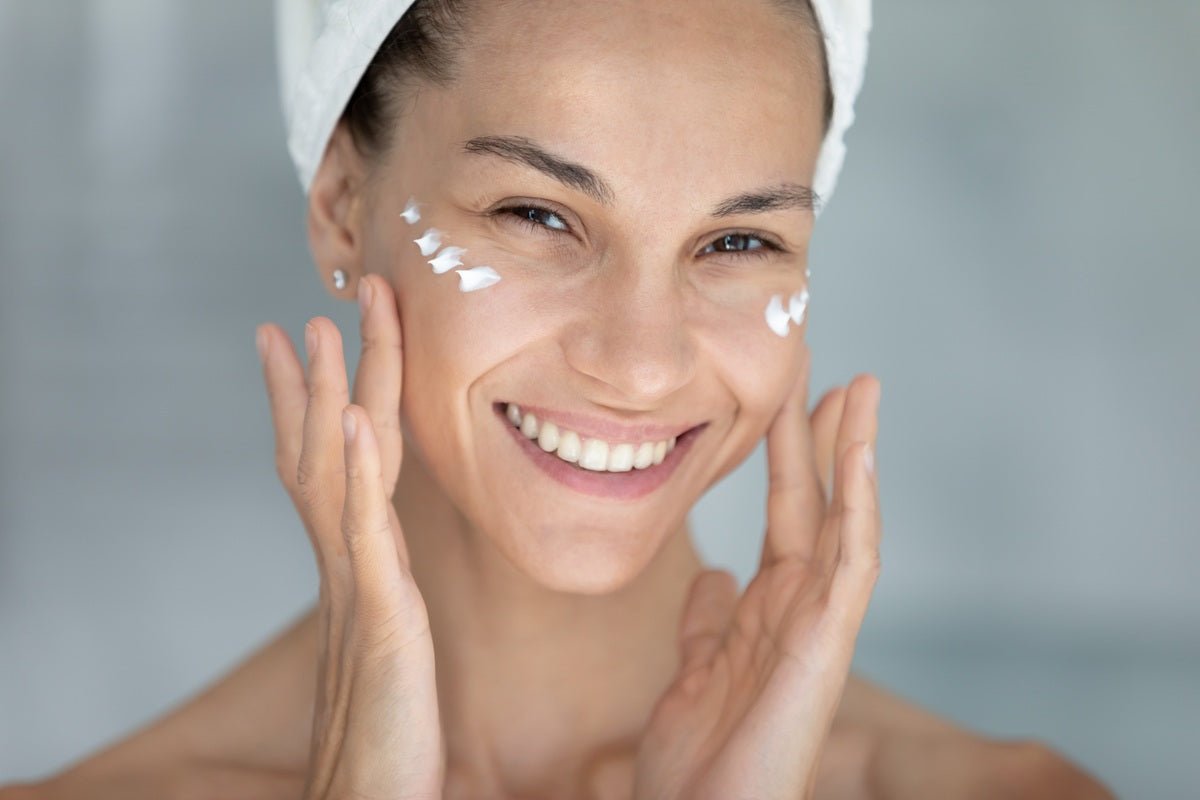What Is Hyperpigmentation?
Put simply, hyperpigmentation is a condition where patches of skin become darker than the surrounding area. This happens when melanin, the pigment that gives skin its colour, is overproduced in certain areas or spots.
It isn’t harmful, but it can be frustrating, especially when it lingers longer than expected or when it is caused by internal changes in hormones or caused by medication.
What Causes Hyperpigmentation?
Sun Exposure
The number one culprit. UV rays trigger melanin production as a method of protection against the UV rays, which leads to sunspots or age spots over time. The possibility of this will increase after usage of certain skincare ingredients, medications and after professional-grade peels.
Post-Inflammatory Hyperpigmentation (PIH)
Dark marks often remain after acne breakouts, eczema flare-ups, or even insect bites. This is because of the trauma that the skin experienced, inflammation was present and as a protective mechanism, melanin was overproduced leading to what we know as post-inflammatory pigmentation.
Hormonal Changes
Known as melasma, this type of pigmentation is often triggered by pregnancy, birth control pills, hormone imbalances and even some thyroid problems.
Medications or Medical Conditions
Certain medications and health conditions can disrupt melanin production.
Stress
During periods of stress, your body spikes in it's Cortisol levels, prolonged periods of stress will cause high levels of cortisol in the body and this is a known melanin trigger.
Pollution
This is where a very good cleanser comes in. Pollution particles are very small and they find their way into the skin very easily where they can irritate and inflame the skin that leads to increased melanin production. Using skincare with antioxidants will protect your skin from free radical (unstable molecules) damage that is unavoidable with pollution exposure.
What are the different types of hyperpigmentation?
Freckles (Ephelides) - Small, tan or brown spots, often appearing in childhood on sun-exposed skin.
Age Spots (Solar Lentigines) - Brown, tan or black spots that appear with sun overexposure, commonly on the face and hands.
Melasma (Chloasma) - Large patches of darkened skin, often on the forehead, temples, cheeks and around the mouth or chin area. Often also in a symmetrical pattern, that is hormonally driven and can only be managed.
Post-inflammatory Hyperpigmentation (PIH) - Darkened spots or patches appearing after inflammation from acne, eczema or other trauma induced events like insect bites or cuts.
Maturational Hyperpigmentation - Hyperpigmentation that develops as part of the ageing process.
Periorbital Hyperpigmentation - Darkening around the eyes.
Acanthosis Nigricans - Velvety, darkened patches, often in areas like the neck and armpits.
Poikiloderma of Civatte - a pigmentary disorder that includes signs of hyperpigmentation, hypopigmentation (lightening) and visible blood vessels (telangiectasias) and is found on the sides of the neck, lower face and upper chest and is due to chronic sun exposure.
These are not the only types of pigmentation, but some of the more common ones that most people experience.

How to Treat Hyperpigmentation with MIE Skincare
At MIE, we believe in high-performance, skin-kind solutions. All our formulas are designed to deliver visible results without harsh ingredients like retinol. Here's how to target hyperpigmentation using our gentle yet powerful line-up:
Step 1: Cleanse Gently, Brighten Daily
Product: MIE Nourishing balm Cleanser
This lightweight, non-stripping formula clears impurities while helping to even out skin tone with brightening botanicals. It is highly hydrating and offers light exfoliation of dead skin cells.
Key benefits: Prepares the skin for active ingredients, supports a clearer complexion.
Step 2: Target Dark Spots & Protect
Product: MIE GLOW Vitamin C Serum
This light weight serum is packed with Vitamin C, Caffeine and Vitamin B5 to gently fade dark spots and even skin tone, without irritation.
Key benefits: Brightens dull areas, improves skin clarity, and strengthens the skin barrier.
Step 3: Lock in Moisture & Glow
Product: MIE Energising Day Cream
This multi-functional cream delivers lasting hydration while boosting radiance and reinforcing the skin’s natural defences. It is a highly protective moisturiser that will shield your skin against daily stressors.
Key benefits: Hydrates deeply, supports brightening, and smooths texture.
Step 4: Daily SPF Protection
Product: Sun protection of your choice
No pigmentation treatment is complete without sun protection. A lightweight mineral sunscreen protects your skin from UV rays—preventing existing spots from darkening and blocking new ones from forming.
Key benefits: Broad-spectrum protection
Step 5: Additional Treatment
Product: MIE Recovery Night Cream
This hero product delivers a powerhouse of ingredients to support the skin on lifting excess pigment and slowing down inflammation in the skin to prevent further darkening.
Key benefits: Increase cellular energy, brightening and anti-inflammatory
Preventing Hyperpigmentation Long-Term
-
Wear SPF every single day—even when indoors.
-
Avoid picking at your skin to reduce post-inflammatory marks.
-
Use antioxidant-rich skincare to prevent oxidative stress.
-
Stay hydrated and support skin from within.
- Use the correct products - do a skin analysis with us if you are unsure what products you should use.
- Know your triggers - not sure what these are? Then request a personal skin consultation with one of our in house skincare specialists 👩🏾💻hello@beautydna.co.uk
With MIE Skincare, you can brighten, nourish, and protect your skin using a gentle, layered approach that works.



